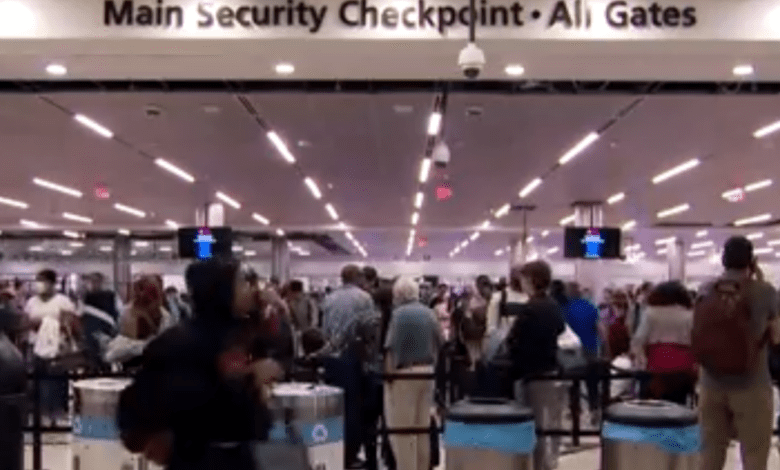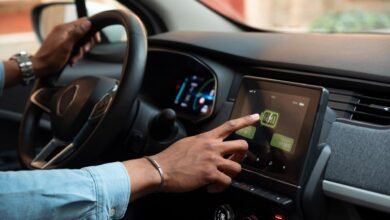How facial recognition technology is transforming travel efficiency and safety

Technology is transforming the way travelers pass through airports as biometrics, including facial recognition, become more common. Proponents say this will lead to greater security and faster processing times.
“It’s the future because it’s much more effective than a manual comparison. This is better for security,” TSA Administrator David Pekoske told “CBS Mornings.” “It will be better in terms of efficiency.”
Delta and United Airlines are currently testing biometric baggage check systems. At United, it compares a person’s face to their passport photo, which the passenger has stored in the airline’s app. The airline says the images are not retained.
“The future of travel is definitely biometrics. You know, it’s a time saver,” said David Terry, who oversees Los Angeles International Airport for United Airlines. “We want to do everything we can to use technology to get you from this counter to the gate as quickly and smoothly as possible.”
At LAX, flyers have already come face to face with the new technology.
“I think it works really well,” said Maggie Burdge, who used her face to check her bag.
Grant Kretchik also tested the system to check his luggage before a recent flight to New York.
“It’s perfect,” he said, adding that he’s not worried about facial recognition. “It doesn’t bother me. I think anything that moves it forward.”
Terry explained that the system is optional.
“It will use facial recognition, print your luggage tags within 15 to 20 seconds and you are good to go,” he said.
At the checkpoint, both TSA and Clear, an optional service that travelers pay to join, offer a growing number of facial recognition lanes aimed at reducing time spent in line.
“It’s becoming ubiquitous. It adds to the efficiency of the entire checkpoint and it’s clear that we are on the side of the American traveler and believe that anything that increases efficiency is good for everyone,” said Ken Cornic, the co-founder and president by Clear.
International departures are increasingly using biometric technology and facial recognition for boarding, and passengers are using facial recognition from the Global Entry experience as part of the expedited customs process for returning to the U.S.
According to US Customs and Border Protection, it “has processed more than 490 million travelers using biometric facial matching technology and stopped more than 1,900 impostors from entering the US.”
But not everyone is a fan of facial recognition. A push in Congress to restrict the TSA’s use of biometrics failed earlier this month. Questions remain about how well facial recognition works on people of color, and privacy advocates remain concerned.
“The use of this type of information needs to be accompanied by really robust protections,” said Cody Venzke, senior policy counsel at the ACLU. “And that’s really crucial when you talk about your facial print because unlike a social security number or a phone number, you can’t get a new face.”
For those who are critical, Pekoske emphasized that privacy comes first.
“We don’t retain the data you provide for more than a few seconds. We have no plans for surveillance and the technology is not capable of surveillance. So our use case is to verify identity and that’s it, that’s it.”
On the TSA website, passengers are reminded that while they can opt into these programs, they still need to have physical identification on hand.




